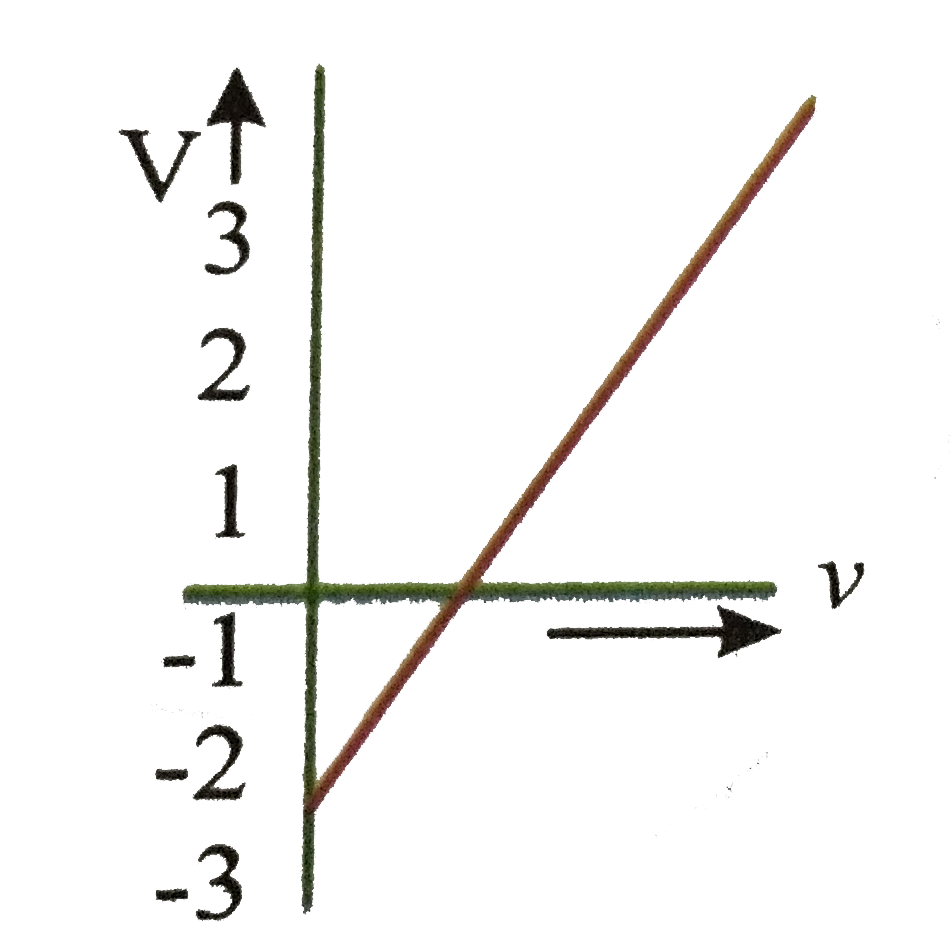If the work function of a metal is 'ϕ' and the frequency of the incident light is 'v', there is no emission of photoelectron if
v<ϕh
v=ϕ/h
v>ϕ/h
v≥ϕh
The correct Answer is:A
Step by step video, text & image solution for If the work function of a metal is 'phi' and the frequency of the incident light is 'v', there is no emission of photoelectron if by Physics experts to help you in doubts & scoring excellent marks in Class 12 exams.
Topper's Solved these Questions
- BOOK - NARAYNACHAPTER - DUAL NATURE OF RADIATION AND MATTEREXERCISE - EXERCISE - 1 (C.W)40videos
DUAL NATURE OF RADIATION AND MATTER
- BOOK - NARAYNACHAPTER - DUAL NATURE OF RADIATION AND MATTEREXERCISE - EXERCISE - 1 (H.W)24videos
DUAL NATURE OF RADIATION AND MATTER
- BOOK - NARAYNACHAPTER - DUAL NATURE OF RADIATION AND MATTEREXERCISE - EVALUTATE YOURSELF - 45videos
DUAL NATURE OF RADIATION AND MATTER
- BOOK - NARAYNACHAPTER - CURRENT ELECTRICITYEXERCISE - Level 643videos
CURRENT ELECTRICITY
- BOOK - NARAYNACHAPTER - DUAL NATUREEXERCISE - LEVEL-II (H.W)17videos
DUAL NATURE
Similar Questions
Knowledge Check
- Question 1 - Select One
The work function of a metal is 4 eV. What should be the wavelength of the incident radiation for the emission of photoelectrons of zero velocity ?
A2500 ÅB3100 ÅC3500 ÅD3800 Å - Question 2 - Select One
When the frequency of light incident an a metallic plate is doubled , the KE of the emitted photoelectrons will be :
AdoubledBhalvedCmore than doubledDincreases but less than doubled. - Question 3 - Select One
When the frequency of light incident an a metallic plate is doubled , the KE of the emitted photoelectrons will be :
AdoubledBhalvedCmore than doubleDincreases but less than double.
The work function of a metal is 3.4 eV. If the frequency of incident radiation is increased to twice, then the work function of the metal becomes.
View SolutionFrom the graph shown, the value of work function if the stopping potential (V), and frequency of the incident light vare on y and x-axes respectively is
 View Solution
View SolutionThe threshold frequency for certain metal is v0. When light of frequency 2v0 is incident on it, the maximum velocity of photoelectrons is 4×106ms−1. If the frequency of incident radiation is increaed to 5v0, then the maximum velocity of photoelectrons will be
View SolutionThreshold frequency for a certain metal is v0. When light of frequency 2v0 is incident on it, the maximum velocity of photoelectrons is 4×108cms−1. If frequency of incident radiation is increased to 5v0, then the maximum velocity of photoelectrons, in cm s−1, will be
View SolutionThe photoelectric threshold frequency of a metal is v0. When ligth of frequency 3v0 is incident on the metal, the maximum kinetic energy of emitted photoelectrons will be
View Solution

